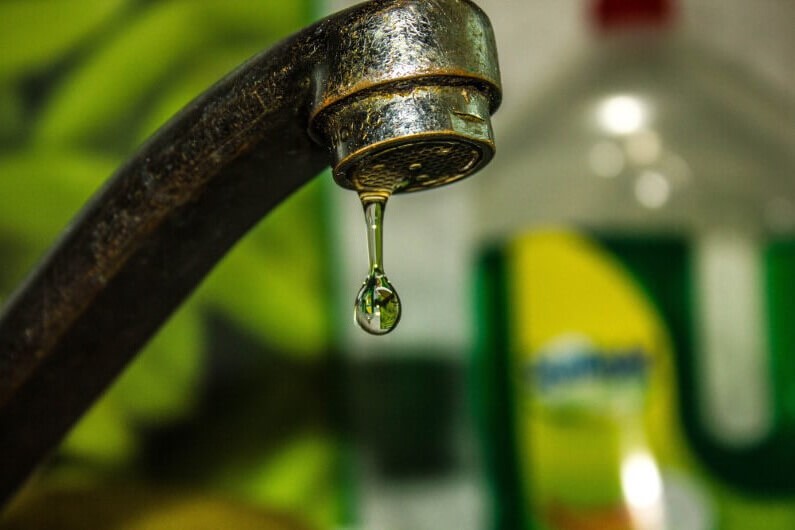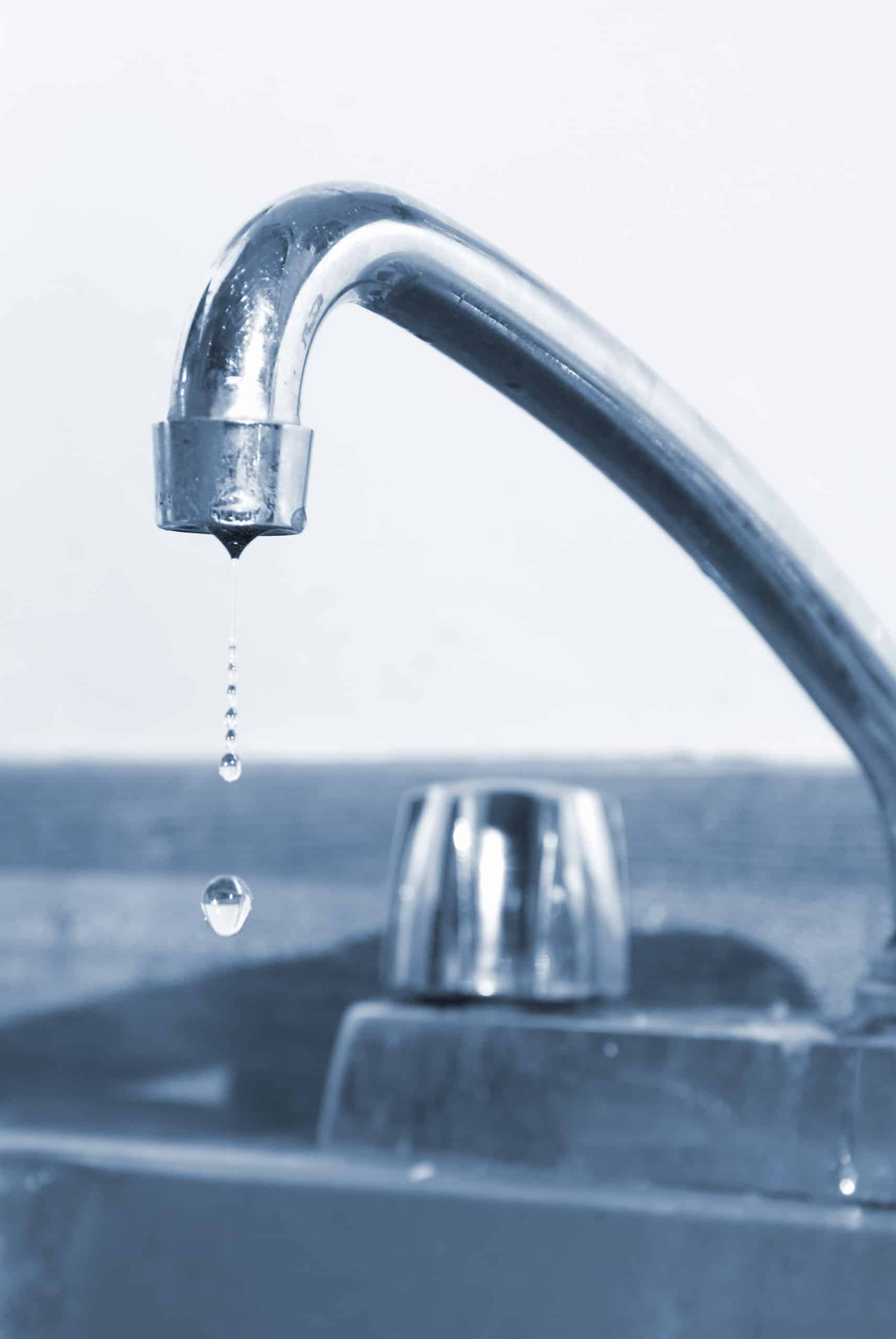Which It's Crucial to Deal with a Malfunctioning Faucet
Which It's Crucial to Deal with a Malfunctioning Faucet
Blog Article
We've stumbled on this article on Leaky Faucets: Why They Happen & What to Do About Them below on the internet and decided it made perfect sense to talk about it with you on this page.

Dripping faucets could feel like a small trouble, but their impact surpasses simply the inconvenience of the sound. From drainage to sustaining unnecessary economic expenses and health dangers, ignoring a trickling faucet can bring about different consequences. In this write-up, we'll delve into why it's critical to address this usual home concern without delay and efficiently.
Waste of Water
Ecological Impact
Leaking taps contribute substantially to water wastefulness. According to the Environmental Protection Agency (EPA), a solitary tap trickling at one drip per second can squander more than 3,000 gallons of water per year. This not only strains water resources however likewise impacts ecosystems and wild animals dependent on them.
Step-by-Step Guide to Fixing a Dripping Tap
Devices Called for
Prior to attempting to fix a trickling tap, collect the required tools, consisting of an adjustable wrench, screwdrivers, replacement parts (such as washers or cartridges), and plumber's tape.
Usual Faucet Issues and Their Solutions
Identify the type of tap and the details concern creating the drip. Common issues consist of damaged washers, corroded valve seats, or damaged O-rings. Refer to maker guidelines or online tutorials for detailed guidance on fixings.
Financial Costs
Raised Water Costs
Beyond the ecological impact, leaking taps can inflate water bills considerably. The accumulated waste with time converts into higher utility costs, which could have been prevented with prompt fixings.
Possible Residential Property Damages
In addition, long term trickling can bring about harm to components and surface areas bordering the faucet. Water build-up can create discoloration, rust, and even structural issues if left neglected, causing extra repair work costs.
Wellness Worries
Mold and Mold Development
The constant existence of moisture from a trickling faucet develops a suitable environment for mold and mildew and mildew development. These fungi not just compromise interior air quality however also position wellness risks, especially for people with respiratory problems or allergic reactions.
Waterborne Diseases
Stagnant water in trickling faucets can come to be a breeding ground for microorganisms and other pathogens, enhancing the threat of waterborne illness. Impurities such as Legionella bacteria thrive in stationary water, potentially bring about serious diseases when ingested or breathed in.
DIY vs. Specialist Fixing
Pros and Cons of DIY Repair
While some may try to take care of a leaking faucet themselves, DIY repairs feature their very own collection of difficulties. Without proper expertise and devices, DIY efforts can worsen the issue or bring about incomplete repairs, lengthening the issue.
Benefits of Employing a Specialist Plumber
Employing a specialist plumber guarantees that the underlying source of the dripping tap is addressed successfully. Plumbers possess the expertise and equipment to identify and fix tap issues efficiently, conserving time and minimizing the risk of additional damages.
Ecological Duty
Specific Payment to Preservation
Taking duty for fixing dripping faucets aligns with broader initiatives towards water conservation and environmental sustainability. Every individual's activities jointly make a considerable effect on protecting precious sources.
Lasting Living Practices
By prioritizing prompt fixings and taking on water-saving practices, individuals add to lasting living methods that benefit both existing and future generations.
Preventive Measures
Normal Upkeep Tips
To stop dripping faucets, execute routine maintenance such as cleaning up aerators, evaluating for leakages, and changing damaged components promptly. Additionally, take into consideration installing water-saving gadgets or upgrading to much more reliable components.
Significance of Prompt Services
Dealing with leaking taps as quickly as they're seen prevents further water waste and prospective damages, eventually conserving both water and cash in the future.
Influence On Building Worth
Assumption of Well-Maintained Property
Maintaining a home in good condition, including dealing with maintenance concerns like leaking faucets, enhances its regarded worth and value among possible purchasers or tenants.
Impact on Resale Value
Properties with properly maintained plumbing fixtures, consisting of taps, command higher resale worths in the real estate market. Resolving dripping taps can contribute to a favorable impression throughout home examinations and settlements.
Verdict
Dealing with a leaking tap surpasses mere benefit; it's a crucial step toward saving water, lowering financial expenses, and securing wellness and residential or commercial property. Whether with do it yourself repair services or specialist aid, taking action to fix dripping faucets is a small yet impactful means to advertise accountable stewardship of sources and add to a healthier, much more sustainable future.
How to Fix a Dripping or Leaky Faucet
A leaking faucet is one of the most common problems that homeowners encounter, but it being commonplace doesn’t make it any less annoying. The constant drip drip drip of a leaking bathtub faucet, showerhead, or sink tap can disturb your home’s serenity. Left neglected, a dripping faucet can also result in higher water bills and discoloration or mold growth in your sink or plumbing fixtures.
Fortunately, you don’t have to be a trained plumber to know how to stop a dripping faucet. With some basic tools, replacement parts, and a little patience, leaky faucet repair is a breeze. In this article, we’ll explain what causes dripping faucets and how you can fix them.
What Causes a Leaking Faucet?
Kitchen and bathroom faucets come in all manner of designs, but most involve some combination of valves, O-rings, seals, and washers. The O-ring is usually the weakest link, but any one of these pieces can wear down over time. Heat, moisture, temperature fluctuations, minerals, mold, and movement can contribute to warping and corrosion, breaking the watertight seal. This just comes with the territory of being a homeowner. Everything is always subject to wear and tear, and some component parts of your appliances and fixtures need to be replaced on occasion. At least replacement O-rings are cheap!
More rarely, dripping faucets can be a symptom of excessively high water pressure. Were this the case in your home, you would probably notice that the leak is not isolated to one faucet. Water pressure issues are harder to resolve on your own. We recommend contacting a professional plumber if you suspect your water pressure is too high.
How to Fix a Dripping Faucet
Pipe wrench or monkey wrench Allen wrench set Screwdrivers Old towel or rag Shut off the water.
Before you do anything, you need to turn off the water to keep from drenching your kitchen or bathroom. You should find a valve under the sink and against the wall. Once you’ve turned this valve, try turning the faucet on to confirm that the water source has been cut off.
If you can’t locate your local valve for the faucet you’re working on, you can always shut off the water to the house at the main valve. Of course, this will prohibit anyone from using the sinks, showers, or toilets while you’re working on the faucet that’s giving you trouble.
Plug or block the drain.
You’ll be disassembling the faucet and removing some small bits of hardware. Plug the drain with a stopper or rag to avoid the possibility of a small screw falling into your P-trap.
Take apart the faucet assembly.
There are several varieties of kitchen and bathroom faucets, each with its own manner of assembly. For detailed instructions on how to disassemble your faucet, you can refer to the fixture’s manual or contact the manufacturer. If you know whether you have a ball, disc, cartridge, or compression faucet, you can find detailed schematics online.
In general, you need to begin by removing the faucet handles. You might notice a small screw that you’ll need to remove with a screwdriver or Allen wrench. If you don’t see any visible securing hardware, it’s likely hidden under a decorative cap that can be unscrewed or popped off with flathead screwdriver.
Remove each piece methodically, consulting a schematic when necessary. Take notes or arrange the pieces in such a way to make it easier to correctly reassemble the faucet later.
Remove the cartridge.
Once you’ve removed the handles and securing hardware, you should be able to remove the valve cartridge or stem. Some cartridges will slide right out. Other faucet models will require you to loosen a nut with a pipe wrench before you can remove the valve stem.
Examine the exposed hardware.
With the cartridge or stem removed, inspect the component parts. Check the rubber O-rings for wear and tear. Also examine the seat washer for corrosion or other damage. These pieces are usually the responsible parties for a dripping faucet, but it’s worth inspecting the other component parts while you have the faucet disassembled.
Find replacement parts.
Once you’ve identified which faucet component has failed, find an identical replacement. Your local hardware store should have O-rings, seat washers, and other standard components in stock. If you have a luxury or uncommon faucet, you may have to contact the manufacturer for a replacement part.
It’s a good idea to take your old parts with you to the hardware store so you can compare them with the store’s inventory and be sure you’re purchasing the correct replacement.
Reassemble the faucet.
With your new parts in hand, reconstruct the faucet and handles. Don’t be tempted to overtighten screws or nuts. You might think this could create a better seal, but it can instead damage or bend a delicate part of the assembly and create a new problem for you.
Turn on the water and test the faucet.
The only thing left to do is test your work. Unplug the sink, turn the water back on, and try the faucet. Congratulate yourself on a job well done!
https://www.libertyhomeguard.com/how-to-fix-a-dripping-or-leaky-faucet/

As a fervent person who reads about Water Dripping from Faucet: Why and How to Fix, I assumed sharing that piece of content was a smart idea. Are you aware of someone else who is interested in the subject? Why not share it. Thanks for your time. Return soon.
Report this page